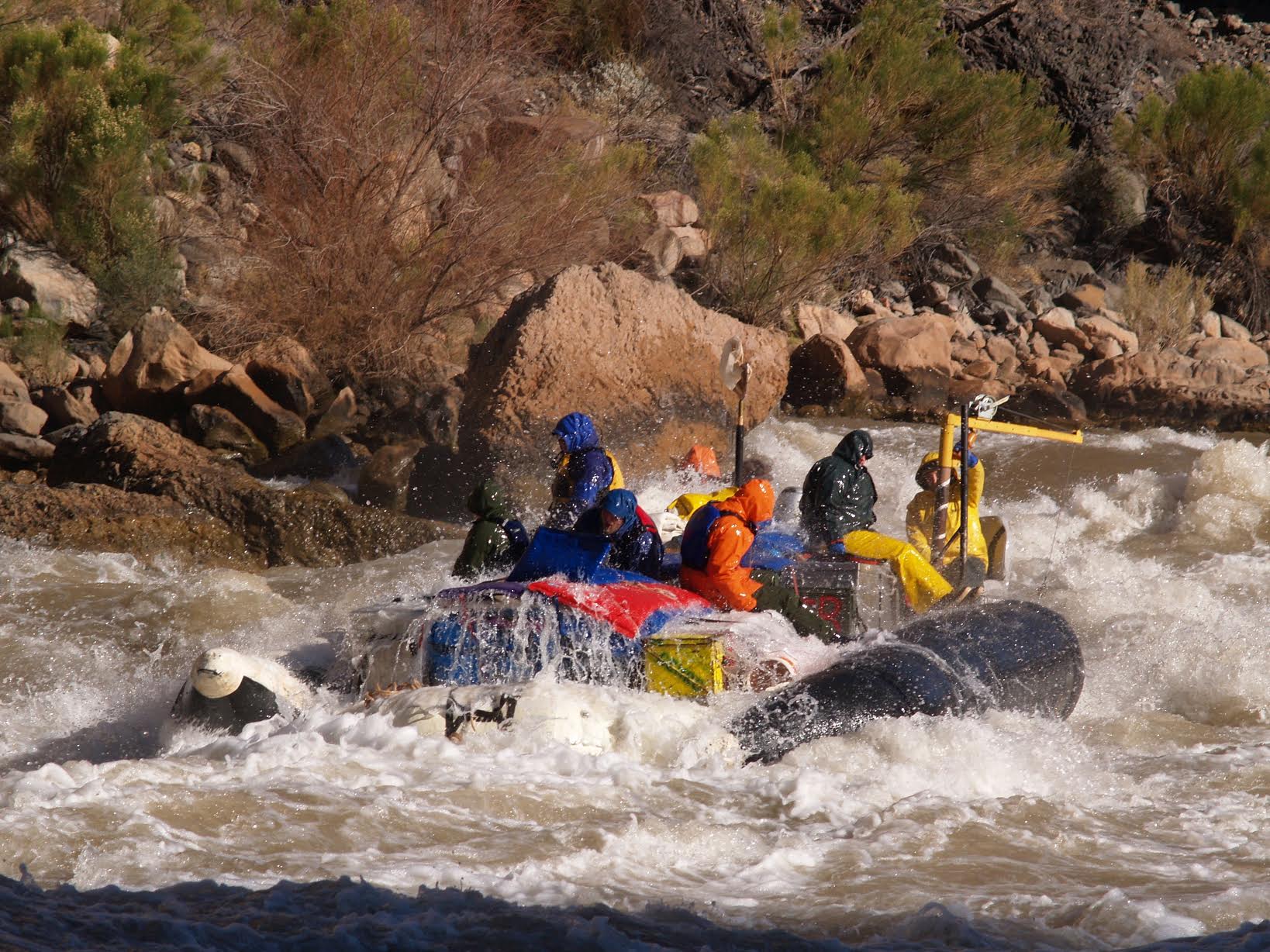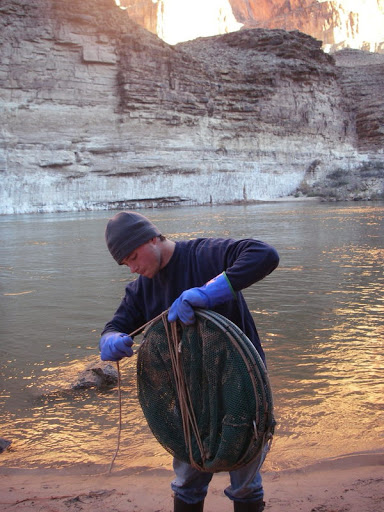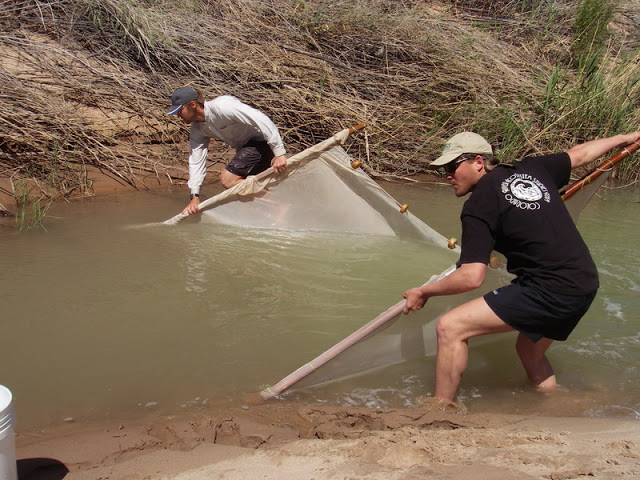Idaho State University researchers participate in study documenting contaminants in the Grand Canyon’s Colorado River
August 27, 2015
POCATELLO – Idaho State University’s Colden Baxter and other ISU researchers contributed to a study that documents high levels of contaminants in the Colorado River as it flows through the Grand Canyon.
The study, released in the journal Environmental Toxicology and Chemistry, documents high levels of mercury and selenium in this stretch of the Colorado River. It has received widespread national and international media attention.
“One of the take-home messages of the study is that because the Grand Canyon is set aside as a national park people might expect it to be buffered from the impacts of such pollution, but we’ve learned over and over again that pollutants like selenium and mercury don’t know those boundaries,” said Baxter, an ISU associate professor of biological sciences who is the director of the ISU Stream Ecology Center and a coauthor on the recent paper.

Baxter, along with former ISU biological sciences master’s student Kevin Donner, joined a team of researchers to complete annual, intensive food-web studies in the Grand Canyon from 2006 to 2008, sampling the Colorado River for everything from tiny forms of organic matter to invertebrates and fish. Some of the results of this food-web work were included in the recent study.
“We surveyed fish by electro-fishing from boats, seining backwaters, and running hoop nets,” Baxter said. “The sampling included a dozen, 200-mile raft trips through the Grand Canyon, working day and night on the river. It was a fascinating place to study, but those were extremely labor-intensive efforts.”
In the new study published this month, Baxter was part of a team of researchers who examined the tissues of organisms in the food webs at six sites along nearly 250 miles of the Colorado River downstream from Glen Canyon Dam within Glen Canyon National Recreation Area and Grand Canyon National Park in the summer of 2008. They found that pollutant levels regularly exceeded risk thresholds for fish and wildlife. This study adds to the growing body of evidence showing that remote ecosystems are vulnerable to the long-range transport and accumulation of contaminants.

In high concentrations, both mercury and selenium can damage developing animals and have negative health effects. Humans are vulnerable to these pollutants. The study, however did not find high levels of mercury in rainbow trout, the primary fish that people would be eating from this part of the waterway.
“It was a huge team effort,” Baxter said. “This is an example of ISU scientists partnering with researchers at other universities and the USGS to complete work that we would not be able to complete on our own.”
Baxter said he is pleased the food-web work the ISU team has completed in the Grand Canyon has proved to be so valuable.

This team of researchers is collaborating on other studies, including one focusing on the paths that selenium and mercury travel through different organisms in the Colorado River’s web of life.
The ISU researcher also said that selenium and mercury contamination are common problems in many western waterways, including those in Southeast Idaho.
“Linking the environmental toxicology of these contaminants to the study of food webs in the Grand Canyon is important because the canyon is a place about which people care a great deal,” Baxter said. “But, unfortunately, this kind of pollution is found in rivers throughout the West. For example, the Idaho Department of Environmental Quality has reported levels of mercury in fish of the Portneuf River that are comparable to those we observed in Grand Canyon. The consequence of such pollution for the web of life, including humans, deserves our attention.”
Categories:
